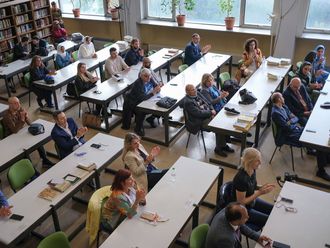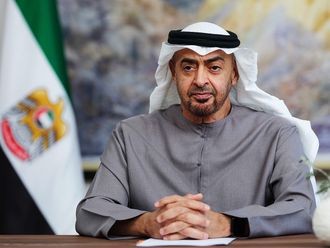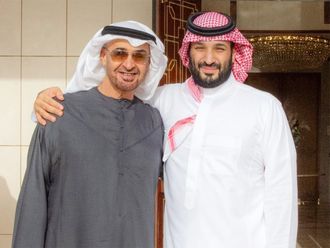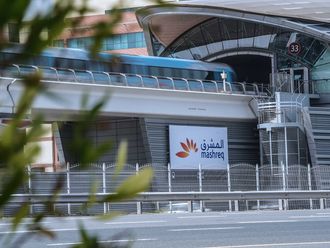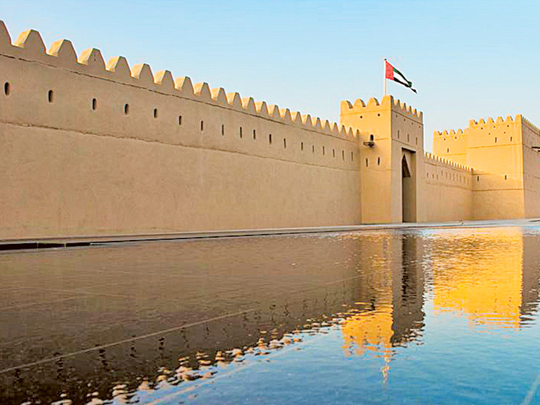
Abu Dhabi: Qasr Al Muwaiji, the birthplace of His Highness Shaikh Khalifa Bin Zayed Al Nahyan, President of the UAE, will open this month as a museum celebrating his leadership and as a monument to the progress of the nation.
Under the patronage of His Highness Shaikh Mohammad Bin Zayed Al Nahyan, Crown Prince of Abu Dhabi and Deputy Supreme Commander of the UAE Armed Forces, and following an elaborate conservation process undertaken by the Abu Dhabi Tourism and Culture Authority (TCA Abu Dhabi), Qasr Al Muwaiji will present a permanent exhibition and a public programme, which will explore Al Ain’s influence on the culture, tradition and history of the UAE.
A symbol of Abu Dhabi’s heritage and a component of the Unesco World Heritage Site of Al Ain, Qasr Al Muwaiji was home to generations of the Al Nahyan family. including Shaikh Khalifa, who was born there in 1948.
Through a comprehensive conservation programme started in the late 1970s and extended in 2009 to include archaeological excavations, preservation measures and restoration interventions, Qasr Al Muwaiji has been carefully rehabilitated to emphasise its original architectural features while adapting its original function as a fort to become a world-class museum.
A permanent exhibition dedicated to the President of the nation will narrate significant moments of his early childhood, leadership and vast national achievements. This exhibition will also highlight the chronology of the members of Abu Dhabi’s ruling family associated with Qasr al Muwaiji, and the history and progression of the Al Nahyan family.
The museum’s permanent exhibition will also tell the story of the fort, from the earliest archaeological traces of life at the oasis, through to the present day. Over its history, two distinct themes emerge — that of leadership, and that of traditional Emirati values, which have distinguished the people of the oasis for centuries and characterised their leaders. The exhibition showcases the history of the Al Nahyan family and that of the fort and its functions as a place of rule, a focus for the community, a verdant oasis on the fringes of the desert, and a family home.



